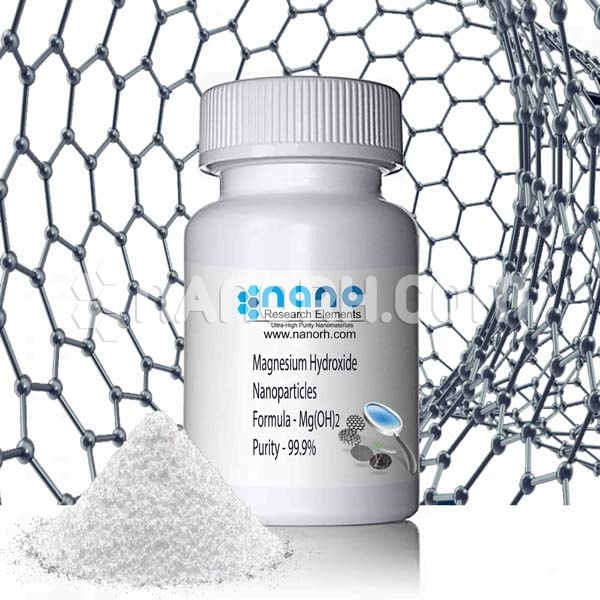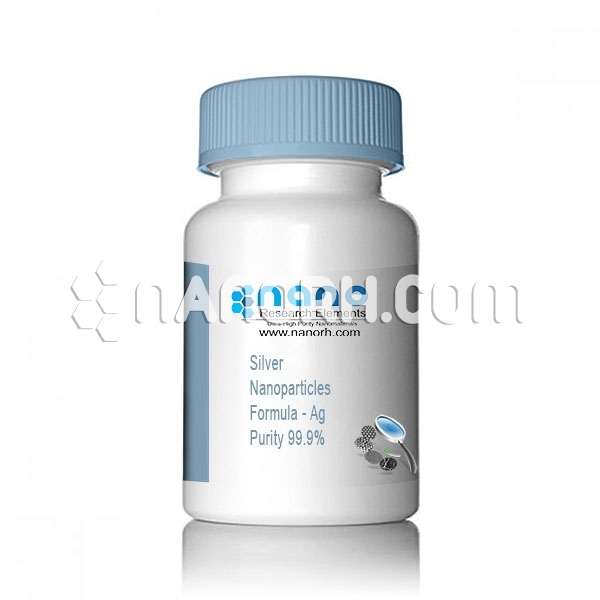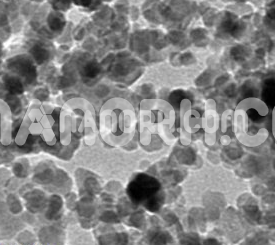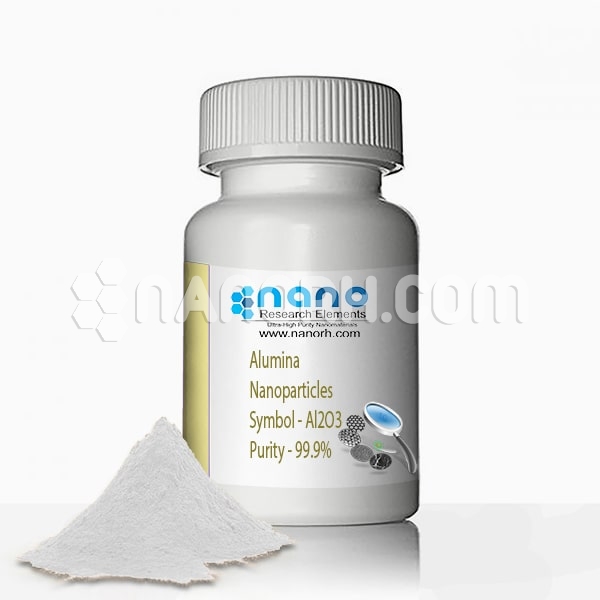Magnesium Hydroxide Mg(OH)2 Nanopowder / Nanoparticles (Mg(OH)2, 99%, 10 nm)
Magnesium hydroxide nanopowder is utilized mechanically as a non-risky salt to kill acidic wastewaters. It additionally participates in the biorock strategy for building fake reefs. Strong magnesium hydroxide likewise has smoke smothering and fire impeding properties. This is because of the endothermic disintegration it experiences at 332 °C (630 °F): Mg(OH)2 → MgO + H2O. The warmth consumed by the response goes about as a retardant by deferring start of the related substance.
| Magnesium Hydroxide Nanopowder | |
| Product No | NRE-3035 |
| CAS No. | 1309-42-8 |
| Formula | Mg(OH)2 |
| APS | <10nm (Can be Customized) |
| Purity | 99% |
| Color | White |
| Molecular Weight | 58.31968 g/mol |
| Density | 2.36 g/cm3 |
| Melting Point | 350 °C |
| Boiling Point | NA |
Magnesium Hydroxide Nanoparticles Mg(OH)2 Applications: Magnesium hydroxide nanopowder is utilized mechanically as a non-risky salt to kill acidic wastewaters. It additionally participates in the bedrock strategy for building fake reefs. Strong magnesium hydroxide likewise has smoke smothering and fire impeding properties. This is because of the endothermic disintegration it experiences at 332 °C (630 °F): Mg(OH)2 → MgO + H2O. The warmth consumed by the response goes about as a retardant by deferring the start of the related substance. The water discharged weakens any ignitable gasses and restrains oxygen from helping the burning. Normal employment of magnesium hydroxide as a terminate retardant incorporate plastics, material, and coatings. Another mineral that is utilized as a part of comparative fire retardant applications is hydromagnesite. Additionally, magnesium hydroxide nanopowder is utilized for people to cure.
Magnesium oxide nanoparticles have emerged as a potential candidate for meeting ends of various problems due to its unique properties such as biodegradability, non-toxicity, inhibition of biofilm growth and degradation of harmful dyes such as methyl violet and many more. Along with its easy synthesis by methods such as sol-gel technique, precipitation method, and green synthesis, it is widely applicable for toxic waste remediation, antibacterial materials, removal of industrial pollutants and also used in anti-arthritic and anti-cancer activities. Prior reviews have laid focus on singular domains whereas our review clubs three major domains i.e., clinical, agricultural and environmental that are involved in the day to day life of plants as well as animals.
Magnesium oxide nanoparticles (MgONPs) have been used for the treatment of various ailments due to their biocompatible nature and remarkable stability under harsh conditions. MgONPs have been used as catalysts, additives in refractories, superconducting products, Paints and also as substantial materials in bioremediation. In the field of medicine, MgONPs exhibit remarkable applications such as relief of heart burns, regeneration of bones and as antitumour and antibacterial agents




